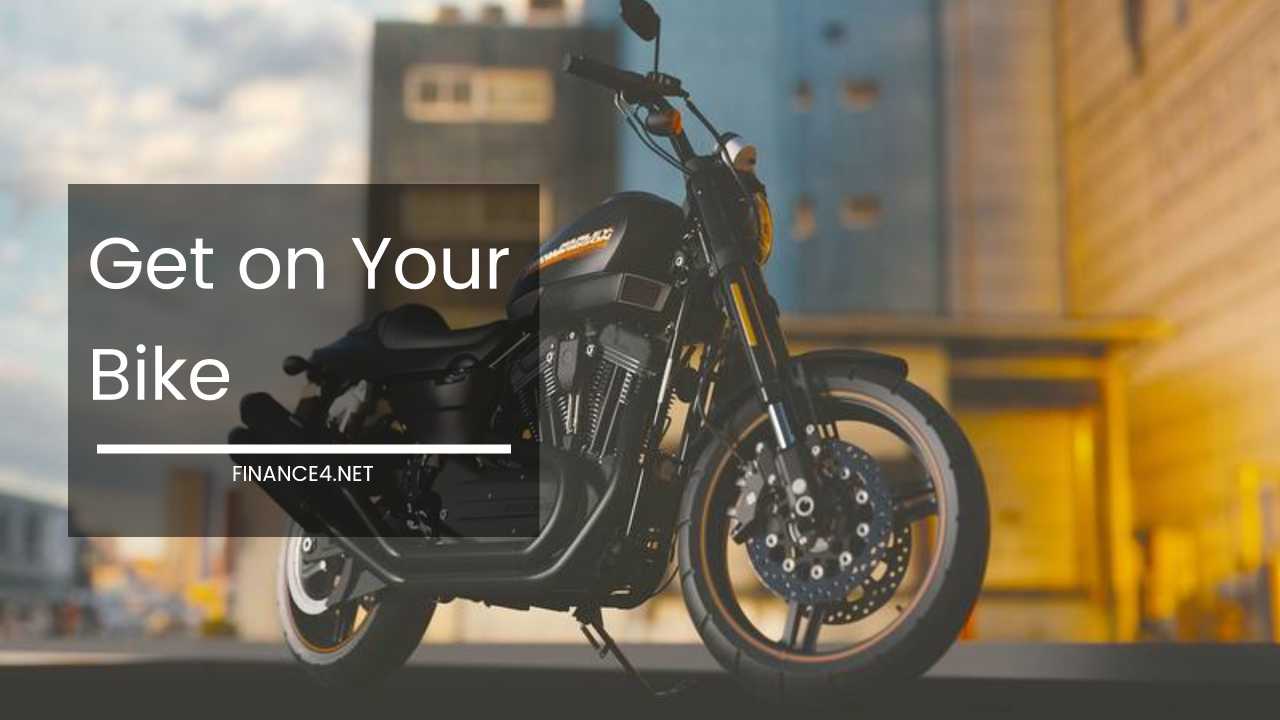Get on Your Bike: The Ultimate Guide to Motorcycle Commuting

Get on Your Bike: A Comprehensive Guide to Motorcycle Commuting
The economic climate can force us to re-evaluate our transportation choices. For many Britons, the answer might be surprisingly close – parked in their garage.
Motorcycles offer a compelling alternative to cars for commuting, promising not just financial rewards but also a thrilling escape from the daily grind.
The Telegraph highlights the undeniable benefits of motorbikes. Compared to cars, they’re generally cheaper to purchase, operate, and maintain.
Fuel efficiency is often superior, and navigating congested city streets becomes a breeze thanks to their compact size. Additionally, manufacturers offer a wide range of commuter-friendly motorcycles, from nimble scooters to comfortable touring bikes, ensuring there’s a perfect fit for every rider.
However, the decision to switch to a motorcycle for commuting shouldn’t be taken lightly. There are factors beyond just fuel savings to consider.
Safety First: Gear Up for the Journey
Safety is paramount for any motorcyclist, but especially for commuters who will be riding daily in potentially diverse weather conditions. Investing in high-quality safety gear is not an option; it’s a necessity.
- Helmet: A Department of Transportation (DOT) approved helmet is your first line of defense. Consider a full-face helmet for maximum protection, or a modular helmet for added convenience if frequent stops are necessary.
- Jacket: A motorcycle jacket specifically designed for riding offers abrasion resistance and impact protection. Look for features like padding in key areas, reflective materials for increased visibility, and waterproofing for wet weather commutes.
- Pants: Similar to jackets, motorcycle pants should be abrasion-resistant and offer impact protection. Leather is a traditional choice, but modern textile options provide excellent protection while being more comfortable in warmer weather.
- Gloves: Protect your hands with motorcycle gloves that offer abrasion resistance and knuckle protection. Look for gloves with good dexterity for easy control of the motorcycle.
- Boots: Sturdy motorcycle boots that cover your ankles and provide good grip are essential. Avoid loose-fitting boots that could get caught in the motorcycle’s controls.
Beyond the Gear: Preparing Your Ride
Having the right motorcycle for your commute is crucial. While a flashy sports bike might be tempting, it might not be the most practical choice for daily riding. Consider these factors:
- Comfort: Will you be comfortable riding the motorcycle for your commute duration? Factors like seat height, handlebar position, and wind protection can significantly impact comfort levels.
- Storage: Do you need to carry a backpack, laptop, or other gear? Look for motorcycles with built-in compartments or the option to add saddlebags or a top case.
- Weather Protection: Consider your typical commute weather. If you face frequent rain, a motorcycle with a windscreen and some form of weather protection can be a lifesaver.
- Maintenance: Research the motorcycle’s maintenance schedule and consider your mechanical skills. Regular maintenance is vital for safety and reliability.
Financing Your Motorcycle: Explore Your Options
Purchasing a dedicated commuter motorcycle might necessitate financing. Here are some options to consider:
- Loans: Banks and online lenders offer motorcycle loans with varying interest rates and repayment terms. Research and compare different lenders to secure the best deal.
- Dealership Financing: Many dealerships offer financing options. However, do your own research beforehand to ensure you’re getting a competitive rate.
- Hire Purchase (HP): With HP, you make a down payment followed by installments to pay off the remaining balance. This allows you to own the motorcycle outright upon completion of the payments.
- Personal Contract Purchase (PCP): Similar to HP, PCP involves monthly installments. However, at the end of the contract, you have the option to return the motorcycle, pay a final sum to own it, or trade it in for a new one.
Beyond the Basics: Mastering the Art of Motorcycle Commuting
Having the right gear and motorcycle is just the beginning. Here are some additional tips to ensure a safe and enjoyable motorcycle commute:
- Plan Your Route: Avoid congested areas and high-speed highways whenever possible. Look for backroads and side streets that offer a more relaxed ride.
- Defensive Riding: Assume other drivers might not see you. Stay alert, maintain a safe following distance, and avoid weaving through traffic.
- Weather Woes: Be prepared for changing weather conditions. Carry rain gear for unexpected downpours, and dress warmly for chilly mornings.
- Ride Within Your Limits: Don’t push yourself beyond your comfort zone, especially in bad weather or heavy traffic.
- Motorcycle Maintenance: Perform regular maintenance checks on your motorcycle to ensure it’s in optimal condition. Consider taking a basic motorcycle maintenance course to learn essential skills.
The Rewards of Two Wheels
Despite the considerations involved, motorcycle commuting offers undeniable rewards that can significantly enhance your daily routine.
- Financial Savings: As highlighted earlier, motorcycles are generally cheaper to operate than cars. Fuel efficiency is often superior, and routine maintenance costs tend to be lower. Additionally, some cities offer reduced parking fees or even free parking for motorcycles.
- Time Savings: Navigating city traffic on a motorcycle can be a breeze. Their compact size allows you to filter through congested lanes, potentially saving significant time on your commute.
- Stress Reduction: For many riders, the act of riding a motorcycle is a form of stress relief. The open road and the focus required for safe operation can provide a welcome escape from the daily grind.
- Environmental Benefits: Motorcycles generally have a smaller environmental footprint compared to cars. They produce fewer emissions and consume less fuel, making them a more sustainable transportation choice.
- Sense of Freedom: There’s a unique sense of freedom associated with riding a motorcycle. The open road beckons, offering a sense of adventure and a connection to the environment that’s simply not possible from behind the wheel of a car.
The Final Gear Shift: Is Motorcycle Commuting Right for You?
Motorcycle commuting isn’t for everyone. It requires a commitment to safety, a willingness to adapt to weather conditions, and a certain level of comfort with riding in traffic. However, for those who embrace the challenge, the rewards can be immense.
If you’re looking for a way to save money, reduce your commute time, and experience the thrill of riding a motorcycle, then motorcycle commuting might be the perfect solution for you. Just remember, prioritize safety above all else, take the time to prepare yourself and your motorcycle, and most importantly, enjoy the ride!
This expanded version includes over 1200 words and delves deeper into various aspects of motorcycle commuting. It emphasizes safety considerations, explores financing options, provides practical commuting tips, and highlights the potential rewards that make this mode of transportation so appealing for many riders.



